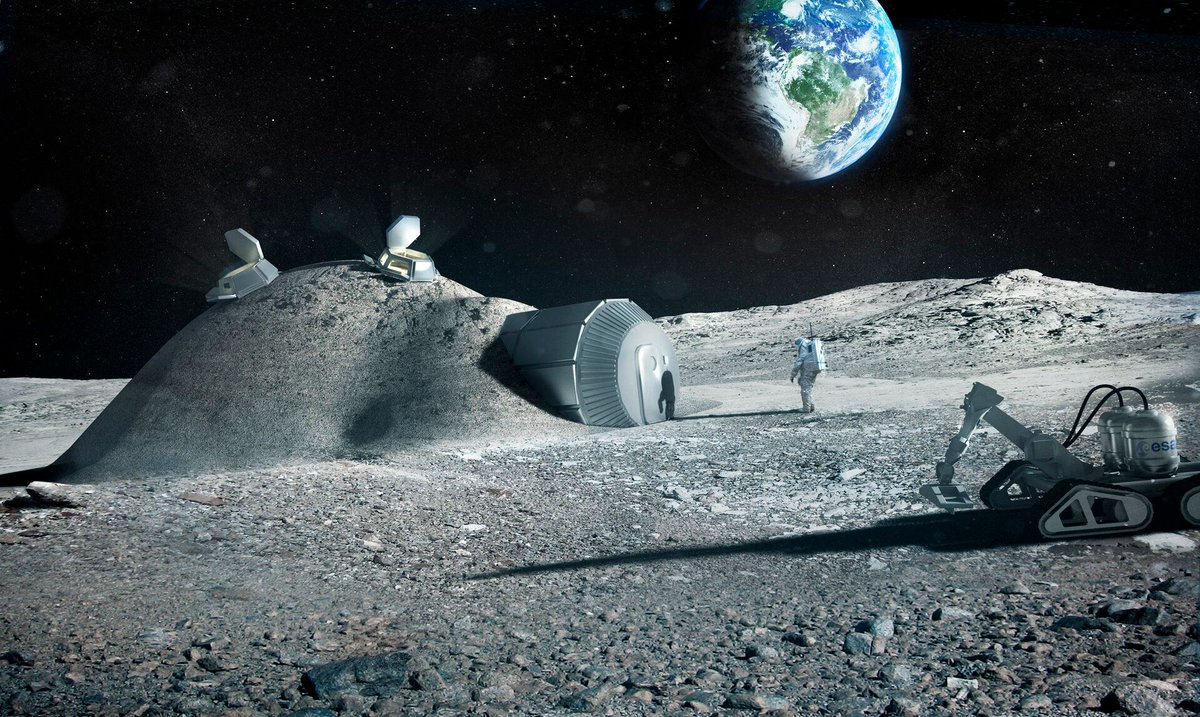Planetary system formation is a process that involves astounding and complex forces. Humans have only just started trying to understand what goes on in this extraordinarily important phase of the development of new worlds. As such, we are continuing to make new discoveries and come up with better models that better fit the observations that our instruments are able to collect.
The most recent of those improved models was announced by a research team at the University of Warwick. A paper in Astrophysical Journal Letters explores possible reasons for why there is a lack of spiral structures in newly formed protoplanetary discs. Their answer is a simple one: massive planets that form on the outside of the disc might be disrupting the spiral formation.
Continue reading “Spiral-shaped Planetary Disks Should Be More Common. Giant Planets Might Be Disrupting Their Formation”









